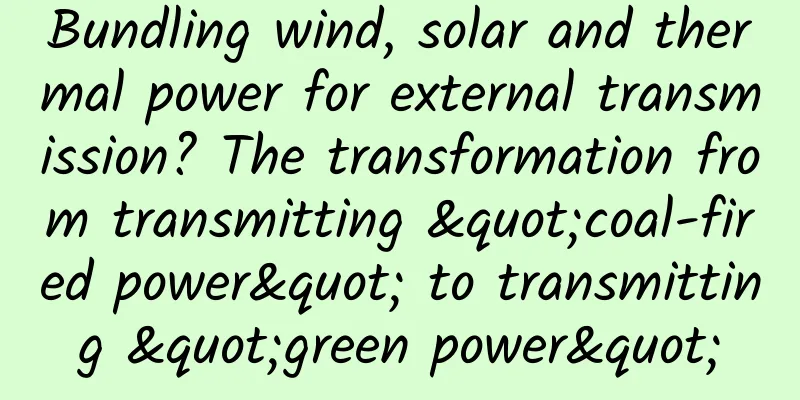Sunrise and sunset are colorful, what is the mystery?

|
Children’s curiosity: Why does the sun have so many beautiful colors at sunrise and sunset? The setting sun reflects off the storm clouds, creating vibrant shades of pink, purple and orange. (Photo credit: Jake Clark) Aisling, a 7-year-old from Mount Gambier, South Australia, asked a question she had long been curious about: How does the sun create so many beautiful colors at sunrise and sunset? Hi Aislin, we appreciate you asking such an interesting question! We all love to admire the gorgeous colors of sunrise and sunset, but most of the time the sky looks blue. Why is this the case? In fact, all this is because of "light". The magical light actually has colors. The light around us is actually a combination of all the colors in the world. You may question: If this is true, why can we only see a few certain colors in the sky at a certain time instead of all? So, to think deeply about this, we must first know how day turns into night. In Australia, we can see beautiful sunsets everywhere. All we need is a suitable viewing point and the sky will be lit up with red and orange. (Photo credit: Jack Clark) The Earth dances in space Our lovely Earth and the other seven planets around it move in space. They both rotate in circles (rotation) and revolve around the sun in larger circles (revolution). When the sun sets in Australia, it means that on our side the Earth is rotating away from the Sun; similarly, when the sun rises, we are rotating towards the Sun. So night occurs when we are not facing the Sun, and day occurs when we are rotated to face the Sun directly - so the Sun's light travels quickly in a straight line toward us. Although it is difficult to determine the size of beams by observation, they are different, so scientists use "wavelength" to measure the size of solar beams. Furthermore, each wavelength of light has its own unique color. The Earth is wrapped tightly in a "jacket" called the atmosphere Now we know why it is bright during the day and dark at night, and we know the "wavelengths" that represent the different sizes of sunlight. The next mystery arises: How does it turn into the brilliant colors seen at sunrise and sunset? The reason is that there is a very important layer of gas surrounding the surface of the earth, called the "atmosphere". The Earth's atmosphere is made up of many microscopic molecules. In fact, many things are made up of molecules, including you and me. But the volume of each molecule is very small, much smaller than a grain of sand. They are so small that they can only be seen under a microscope, and our naked eyes can only see the larger objects made up of them. If you were an astronaut on the International Space Station, you would have to pass through the Earth's atmosphere to get there. (Image credit: NASA) How does atmosphere play with light? When sunlight reaches Earth, the light encounters molecules in the Earth's atmosphere, which then play around with each other -- bouncing back and forth. This is called "scattering." The longer the wavelength of light, the longer it has to scatter before it "runs out of energy" and returns to space. For example, blue light has a shorter wavelength than red or pink light - which means that blue light can only make "short-distance" jumps between molecules. Therefore, during the day when Australia faces the sun directly, there is less atmosphere for light to pass through, and blue light can easily shine out from the other side, giving us a blue sky. Although both the sky and the ocean are clear "blue", they are so for different reasons. (Photo credit: Jack Clark) Colorful sunrise and sunset We already know about the Earth's rotation, but remember that when the sun sets in Australia, we are no longer facing it, but are rotating away from it. So this means that sunlight has to travel through a thicker atmosphere to reach Earth - which happens at sunrise. Because of the long distance of the atmosphere, blue light will be exhausted, and when it can't hold on, most of it will bounce back into space. But the red, orange and yellow light have longer wavelengths, which allows them to persist longer and thus pass through the atmosphere to the earth. ——This is why we can see gorgeous and bright sunrises and sunsets. BY:Nataliea Lowson FY: Alina Zhu If there is any infringement of related content, please contact the author to delete it after the work is published. Please obtain authorization for reprinting, and pay attention to maintaining integrity and indicating the source |
<<: How to eat during Chinese New Year?
>>: Is there a healthiest snack that won’t make you fat? Yes and no
Recommend
World Walking Day丨With exoskeletons, they can walk again!
Produced by: Science Popularization China Author:...
Get new product information in the information flow! Seize the traffic dividend at the starting line
Information flow advertising was first born on Fa...
There is a "shadow killer" in the newly renovated house. Who has found the "nemesis" to subdue it?
Colorful wallpaper, brand new furniture, clean fl...
Only Yueme has no future: OTT market needs to improve cooperation capabilities to survive
Just after the 2015 Spring Festival, rumors began...
What are the pitfalls of Internet finance CPS?
“Is there any CPS channel that doesn’t fake traff...
A "time capsule" from outer space is right here on Earth
About 4.5 billion years ago, the solar system was...
[Smart Farmers] Magnolias are both beautiful and talented: they are more than just for viewing
In China, flowers bloom in May in Beijing, in Apr...
Why is it difficult for a black box to become a “cloud box”?
After an air crash, all eyes will be on the black...
60% of short video ads are allocated to mid-level anchors. Are top anchors no longer popular?
These two days, I saw a short video KOL marketing...
Ketchup was once popular as a medicine for 20 years. Q: Does it come with French fries?
All crops with the word "Hu" or "F...
Apple makes concession: iPhones with batteries you’ve replaced can also be repaired
According to foreign media reports, Apple's i...
8 bottom navigation bar design tips extracted from mainstream overseas products
Hello everyone, I am Clippp. Today I will introdu...
Plant a tree, and your family won’t have to pay electricity bills for the rest of their lives… Is there such a good thing?!
Image source: sratup One day in 2011, French engi...
Momo and Tantan: The secret behind a 60% monthly user retention rate
When it comes to domestic stranger social softwar...
How much does a roll of 4 square wire cost?
On the market, 4 square wires are sold for 380 yu...

![June Marketing Node Reminder [Dry Goods Collection]](/upload/images/67cc135c92a1b.webp)







